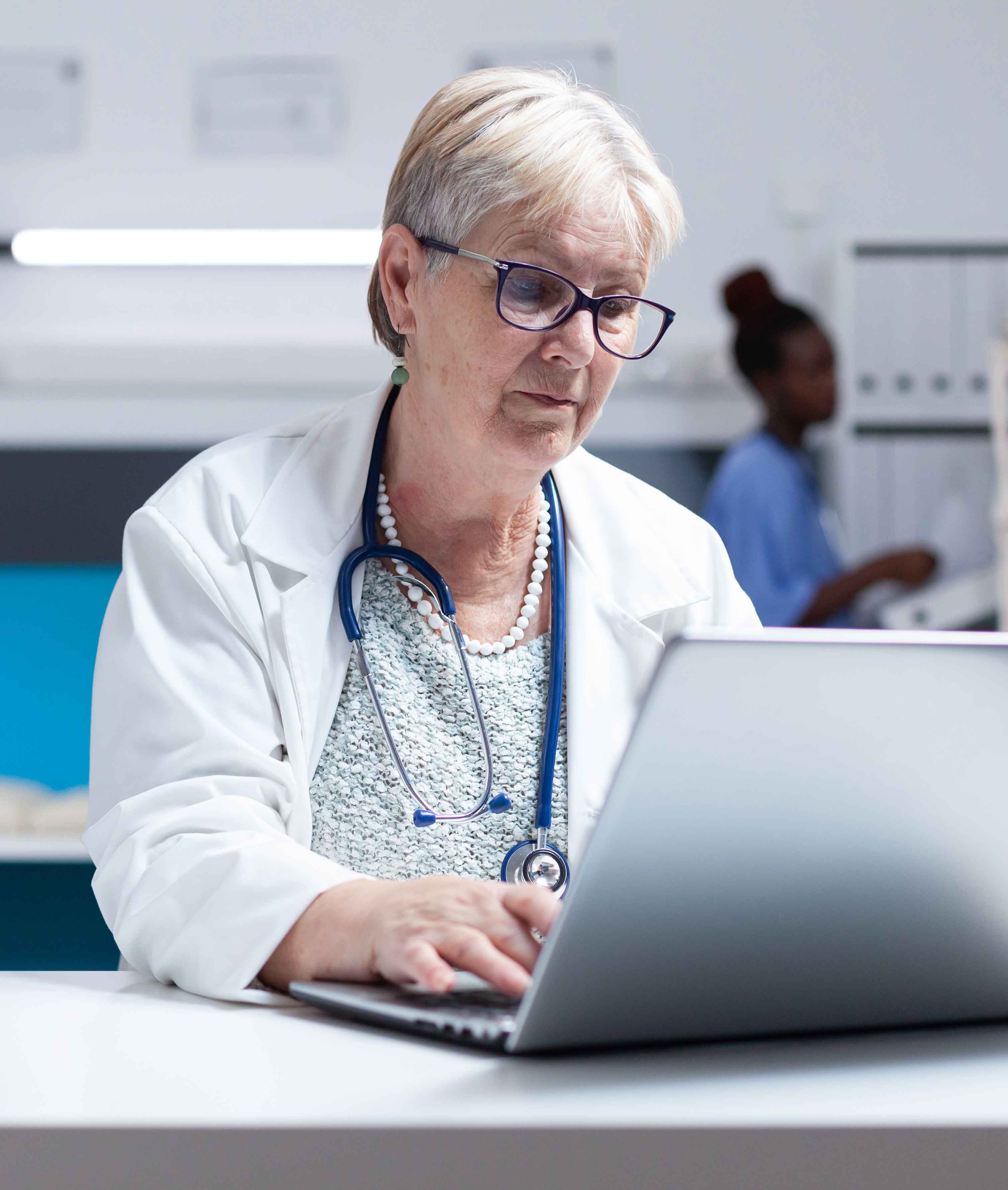Remote patient monitoring (RPM) is a game-changer in healthcare. It has the potential to revolutionize patient care, making it more accessible, convenient, and effective. By using RPM, healthcare providers can monitor patients remotely, allowing for more personalized care, better outcomes, and reduced healthcare costs. In this blog post, we will explore how RPM is revolutionizing healthcare in the United States.
First, let’s define RPM. Remote patient monitoring refers to the use of technology to collect patient health data from outside of a healthcare facility. This data is then transmitted to healthcare providers, who can monitor and analyze it to provide more personalized care. RPM devices can collect a wide range of data, including blood pressure, glucose levels, heart rate, and more. RPM is typically used for patients with chronic conditions, such as diabetes, heart disease, and hypertension, but it can also be used for postoperative monitoring and other applications.
One of the primary benefits of RPM is that it allows patients to receive care from the comfort of their own homes. This is especially important for patients with chronic conditions who may require frequent monitoring and check-ins with healthcare providers. By using RPM devices, patients can avoid the time and expense of traveling to a healthcare facility, making it easier to manage their conditions.
RPM can also lead to better health outcomes. By monitoring patients remotely, healthcare providers can detect changes in a patient’s condition early on, allowing for timely interventions. This can help prevent complications and reduce the risk of hospital readmissions. Additionally, by providing more personalized care, healthcare providers can help patients better manage their conditions, leading to improved health outcomes over time.
Another key benefit of RPM is that it can help reduce healthcare costs. By monitoring patients remotely, healthcare providers can intervene early, preventing costly hospitalizations and emergency room visits. Additionally, by providing more personalized care, healthcare providers can help patients better manage their conditions, reducing the need for expensive treatments and interventions.
One example of the impact of RPM can be seen in the treatment of patients with diabetes. Diabetes is a chronic condition that affects millions of Americans. By using RPM devices to monitor patients with diabetes, healthcare providers can detect changes in blood sugar levels early on, allowing for timely interventions. This can help prevent complications such as kidney disease, blindness, and amputations. Additionally, by providing more personalized care, healthcare providers can help patients better manage their condition, reducing the need for expensive treatments and hospitalizations.
Another area where RPM is making a big impact is in postoperative monitoring. By using RPM devices to monitor patients after surgery, healthcare providers can detect complications early on, allowing for timely interventions. This can help prevent readmissions and reduce the risk of postoperative complications. Additionally, by providing more personalized care, healthcare providers can help patients recover more quickly and with fewer complications.
In conclusion, RPM is revolutionizing healthcare in the United States. By allowing for more personalized care, better health outcomes, and reduced healthcare costs.

